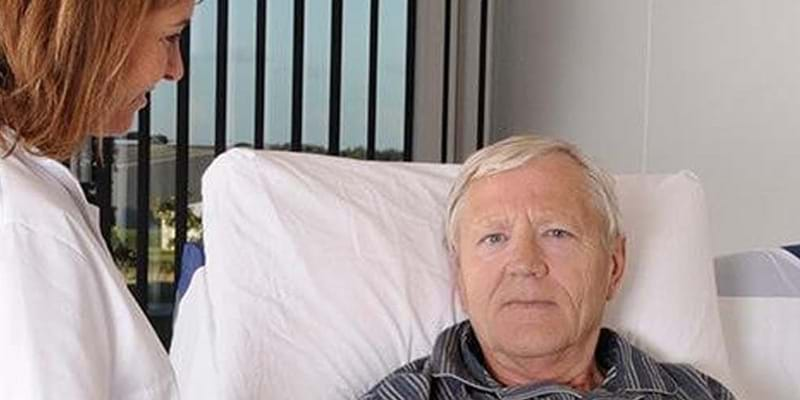
Mechanic transfer systems improves workplace health and safety
A research project from The Danish Technological Institute, a leading research and technology company in Denmark, has shown, that the use of mechanic transfer systems can lead to fewer work injuries among staff, improved comfort for clients and to financial savings through increased efficiency.
1. January 2018
Method and scope of the project
The aim of the project was to evaluate the effects of mechanic transfer systems in order to understand when and how best to use them. As it is the municipalities that purchase and allocate assistive living aids in Denmark, the project was done in collaboration with four Danish municipalities from January 2016 to March 2018. A total of 328 turning systems were evaluated whereof 320 were VENDLET systems.
Data was collected through interviews, questionnaires and time registrations of transfers. The latter was done both before, midway and after implementation of the systems in order to compare the transfers with and without the systems. The midway registrations also made it possible to identify when the effects of the systems started to show.
Improved job satisfaction
The project concluded that using the VENDLET systems contributes to a reduced physical strain of the employees and that the risk of work injuries was reduced. This also led to fewer sick days.
Furthermore, the project showed that the mechanic systems had a positive effect on employees’ general physical well-being and led to less fatigue. For instance, employees were not as tired after work and had less pain. This also had a positive effect on their mood and job-satisfaction.
Overall, these positive effects on workplace health and safety can result in fewer sick days and reduced costs on temporary workers.
Based on these findings, the project concludes that it is also possible to use mechanic turning systems to attract new employees because they evidently improve the work health and safety so significantly, that the workplace becomes more attractive to jobseekers.
Early implementation is best
The project concludes that the earlier the systems are implemented the greater the chance of reaping the benefits. This is because most of the benefits of using the systems are achieved when employees are experienced in using the systems, and when the clients have also become comfortable with it.
Therefore, the systems should be implemented much sooner than is usually the case. Many times, the client is very unmanageable due to physical or mental challenges before the system is implemented. This creates an intermediate period with very poor work health and safety, not to mention the less than optimal care for the client during this period of time.
Waiting this long before implementing the systems also means that it is not always possible to reap the benefits of the systems before the client’s situation worsens. Therefore, the project suggests that the systems are implemented much sooner based on future prospects and diagnosis.
Improved quality of life
In total, 16 clients participated in the part of the evaluation that dealt with exploring the effects for the users. The project concludes that using mechanic transfer systems has significant positive effects on the clients physical and mental well-being.
Physically the mechanic transfer systems reduced the amount of pain the clients felt in moving and handling situations. None of the clients was in pain during transfer with the system, meanwhile, more than 50 % felt that it was painful to be transferred with manual handling methods.
This is most likely because the mechanic transfer systems provide gentler care which is kinder on the client’s skin while also supporting the client’s whole body. This feels safer for the client, because the movement is smooth and doesn’t rely on whether or not the caregiver has a tight grip.
As the transfer also is recognizable and consistant it can have a calming effect on people with dementia leading to fewer frustrations and conflicts with staff.
Overall, the project showed that the gentler transfer provided by the systems has great positive effects on the clients’ mood and even their quality of life.
Improved communication
Besides the above-mentioned effects, the systems were also shown to improve communication and interaction between the client and the caregiver significantly.
As moving and handling is gentler for both the client and the caregiver, the two are more able to speak with each other during transfer situations. This was further aided by the VENDLET as it possible to be one caregiver per client instead of two in 77 % of cases.
The one-on-one contact meant that the caregiver could better instruct the client, and let them know what was about to happen, thereby giving the client a better experience.
The project identifies four groups of people that should have VENDLET systems
- Bariatric clients
- Clients affected by pain such as clients with multiple fractures, palliative clients or clients with pains as a result of cancer
- Clients with dementia, cognitive dysfunction, anxiety and psychiatric clients
- Clients that are stiff/immobile as a result of spasticity, sclerosis, paralysis, muscular dystrophy etc.
